The world’s worst natural disasters have claimed many lives and have caused millions in property damage. While there are many criteria as to what would be considered the “worst” of these disasters; the earthquakes, typhoons, and tsunamis on this natural disasters list are all horrific in their own right. So what are some of the worst disasters? Find out with these 25 Worst Natural Disasters Ever Recorded.

Haiti Earthquake (2010)
A magnitude 7.0 earthquake with a depth of 8.1 miles rocked Haiti on January 12, 2010. Its epicenter was located just southwest of Port-Au-Prince with 59 aftershocks ranging from 4.2 to 5.9 magnitudes in strength. The strongest earthquake to hit the country since 1770, it led to over 200,000 deaths, 2 million homeless, and 3 million people in need of emergency aid. At least US $195 million have been given with another US $120 million pledges from different countries, along with a large number of aid workers to help with rescue operations.
Cyclone Nargis (2008)
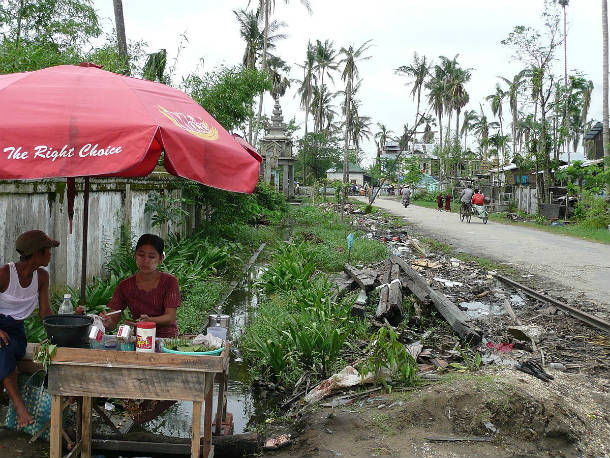
The first cyclone in 2008 to hit the northern Indian Ocean, Cyclone Nargis made landfall in Myanmar and devastated the Ayeyarwady Delta region along with its 37 townships for two days. Official figures showed that 84,500 people were killed with 53,800 missing. An equivalent of a category 3 or 4 hurricane on the Saffir-Simpson scale, it led to numerous storm surges and flooding.
Pakistan Earthquake (2005)
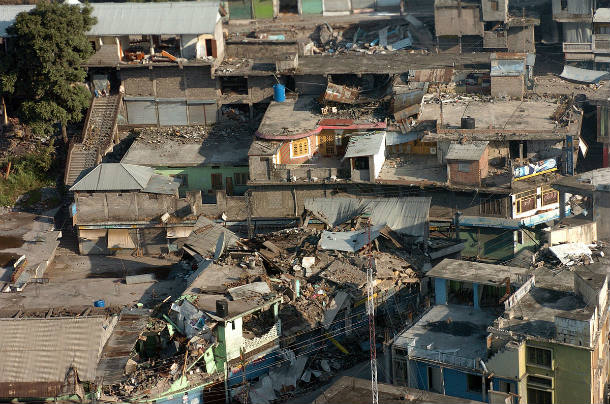
The 2005 Pakistan earthquake registered 7.6 on the Richter scale with an epicenter in Kashmir near the city of Muzaffarabad. It occurred on the morning of October 8, 2005 and the official death toll was 75,000 people along with 106,000 people injured. The severity of the damage was attributed to poor building constructions. Over US $5.4 billion in aid arrived from all over the world to help with rescue and relief efforts.
Hurricane Katrina (2005)
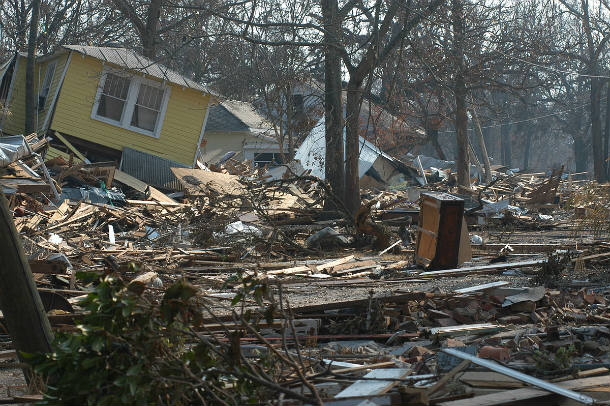
One of the deadliest hurricanes to hit the Gulf Coast, it was ranked as the sixth strongest overall to hit the United States. It was also one of the costliest natural disasters with estimated property damages of over $81 billion.
Indian Ocean Earthquake (2004)
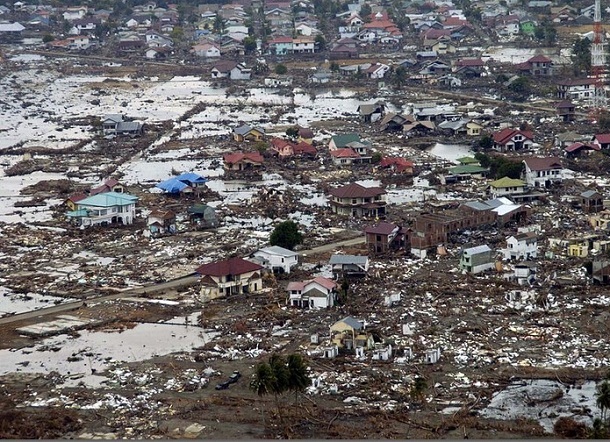
Also known as the Sumatra-Andaman earthquake, it was estimated to have a magnitude of 9.15, and occurred on December 26, 2004. While the earthquake itself lasted for only 10 seconds, it caused a tsunami that killed an estimated 200,000 to 310,000 people along the shores of Indonesia, Sri Lanka, South India, and Thailand with one death even occurring at Port Elizabeth in South Africa, 8,000 miles away from the epicenter.
Nevado del Ruiz Volcano Eruption (1985)

Also famed as La Mesa de Herveo, this stratovolcano holds the distinction of causing the second largest volcano-related disaster of the 20th century. The volcano produced an enormous flow that buried and devastated the town of Armero in Tolima on November 13, 1985. What became known as the “Armero tragedy” caused the death of 25,000 people.
Tangshan Earthquake in China (1976)
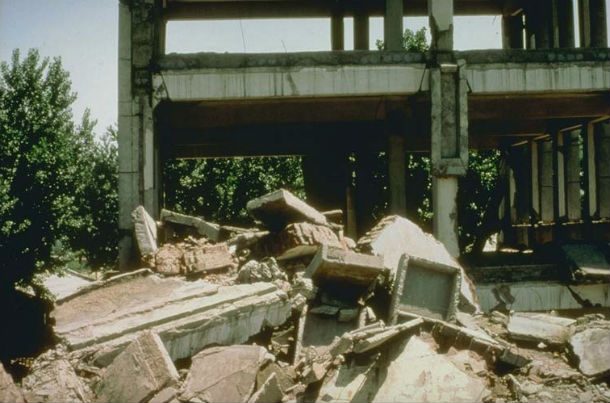
The Great Tangshan earthquake struck China on July 28, 1976 causing the death of 240,000 people and injuring 164,000 more. Regarded as the deadliest earthquake of the 20th century, it also rocked, both literally and politically, the seat of the Chinese Communist Party in Beijing. The 7.8 earthquake obliterated the city of Tangshan and was caused by the 25-mile long Tangshan Fault, which runs near the city.
Hurricane Andrew (1993)
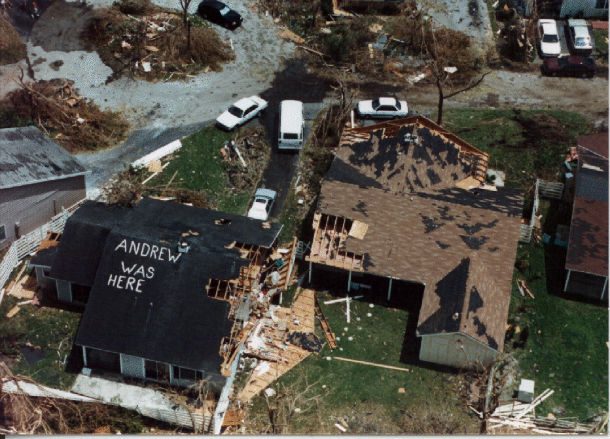
Probably one of the most infamous natural disaster examples, hurricane Andrew was formed by a tropical wave that moved to the west coast of Africa on August 14, 1992. During the next few days, it developed into a destructive tropical cyclone. The storm was responsible for 65 fatalities and US $26 billion in property damages. Hurricane Andrew became the 5th costliest hurricane in US history after hurricanes Katrina, Wilma, and Ike. The name Andrew was retired from the hurricane names list in the spring of 1993.
Tōhoku Earthquake and Tsunami (2011)

A 9.0 – 9.1 magnitude quake followed by a tsunami hit the east coast of Japan on March 11, 2011. With an underwater depth of 29 km, this was the largest earthquake to ever strike Japan in recorded history. Documented as the 4th most powerful earthquake in the world, it was responsible for the death of 15,894 people with 6,152 injured and 2,562 people missing. It also affected 20 prefectures, with over 127,000 buildings completely destroyed and over 272,000 buildings half collapsed. The earthquake also caused a near nuclear disaster when there was a partial meltdown in 3 reactors of the Fukushima Daiichi nuclear power plant, which is the 2nd largest nuclear disaster after Chernobyl.
Aleppo Earthquake (1138)
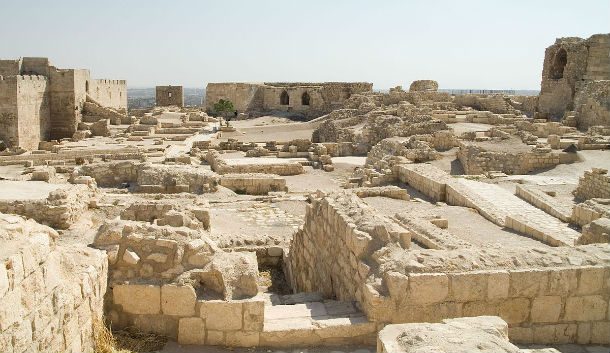
The deadliest earthquake in history, the Aleppo earthquake occurred on October 11, 1138 and was named after the city of Aleppo in Syria, now called Halab. Its death toll was approximated at 230,000 as the city was destroyed along with its surrounding areas.
Haiyuan Earthquake (1920)
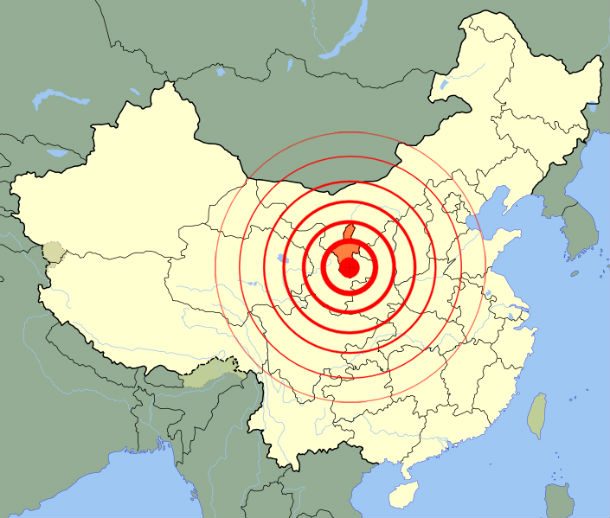
Also known as the 1920 Gansu Earthquake, this is the 4th worst earthquake ever recorded. With a death toll of 240,000, this quake occurred in December 16, 1920. Its epicenter was located in Haiyuan County, in the Ningxia Province of China.
Antioch Earthquake (526)

The third worst earthquake disaster in the world happened in the year 526. With no specific date on record, it’s thought that it may have struck late in May between the 20th and 29th. This major earthquake hit Syria and Antioch with a death toll between 250,000 to 300,000.
Bhola Cyclone (1970)
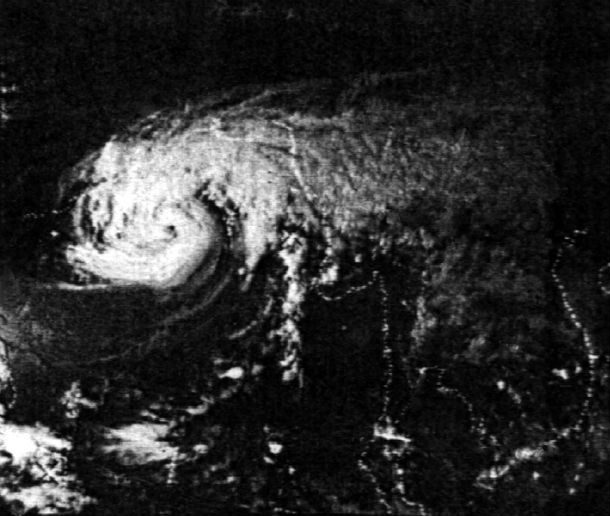
Reaching wind speeds of 185 km/h, the Bhola Cyclone in Bangladesh led to over US $490 million in damages, destroying 85% of the homes in the region. It also fetched storm surges that wiped out entire villages, killing 45% of the population in Tazumuddin. Nearly 500,000 people died during that cyclone.
New Zealand Earthquake (2011)
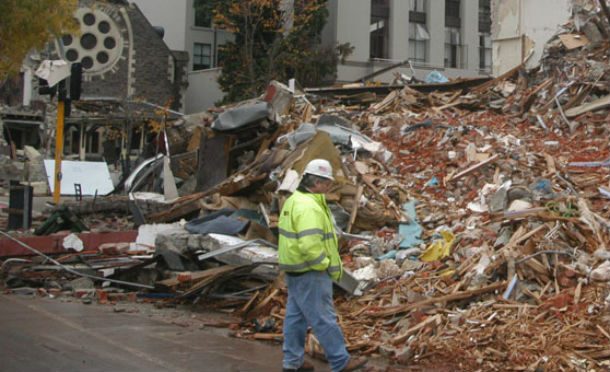
Also known as the Christchurch earthquake, this magnitude 6.3 quake occurred on February 22, 2011, severely damaging New Zealand’s second-largest city. It also killed 185 people, 238 were reported missing, and 164 patients were treated for injuries. One of the nation’s deadliest peacetime disasters, this caused significant damage to Christchurch and the central Canterbury region. There was an estimated US $16 billion worth of damages incurred, even though it was of lesser strength than the 7.1 magnitude quake that hit Canterbury six months earlier on September 4, 2010.
Afghanistan Blizzard (2008)
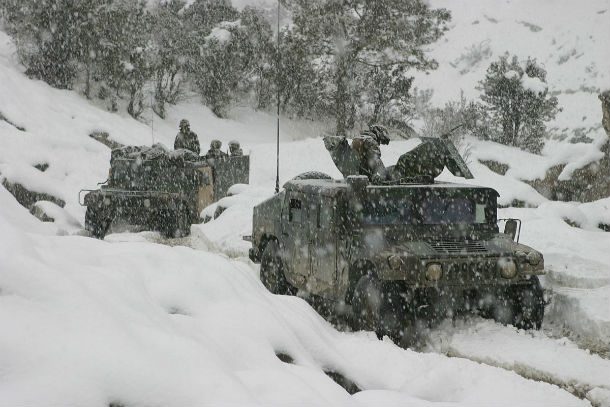
East Africa Drought (2011)
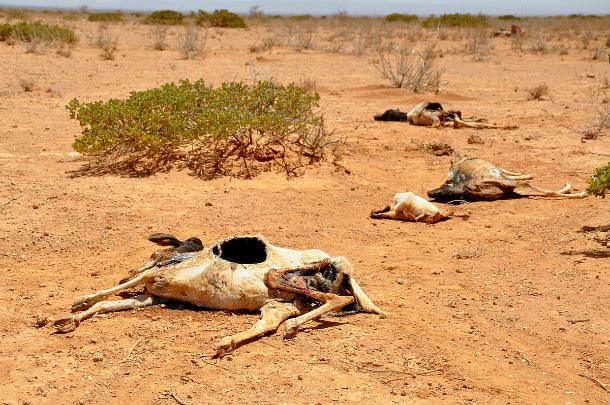
The worst drought in 60 years, the Horn of Africa experienced a severe drought starting in mid-July of 2011. There was an estimated 12.4 million people in need of food. It resulted in a food crisis across Kenya, Somalia, Ethiopia, and Djibouti. It threatened the livelihood of more than 9.5 million people and caused widespread death and famine.
North Korean Famine (1994)

Recognized as the “Arduous March,” this famine devastated North Korea from 1994 to 1998. It had an estimated death toll of between 240,000 and 3,500,000 due to starvation and hunger-related illnesses. Out of its 24 million people, 5 million were malnourished, including 800,000 children with 80,000 on the brink of starvation. Everyone felt the impact of the famine, but those who were further from the capital suffered greater. Food assistance was given by the United States, Japan, South Korea, China, and other European Union countries. This aid continued until 2002, when the North Korean government requested to stop the deliveries of these food supplies.
European Heat Wave (2003)
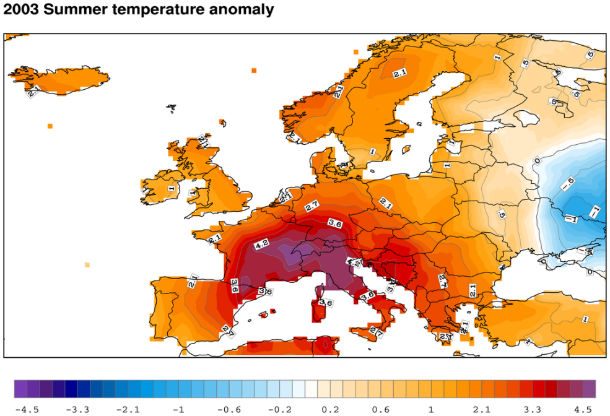
Europe is not too used to scorching hot summers, so when the 2003 European heat wave struck, it resulted in a health crisis in several countries as well as a drought which led to a crop shortage. In the Ukraine, 75% of wheat crops were lost, and at least 14,802 casualties were recorded in France alone. The extreme temperatures also resulted in forest fires and counter-intuitively, even flooding.
Yangtze River Floods (1931)
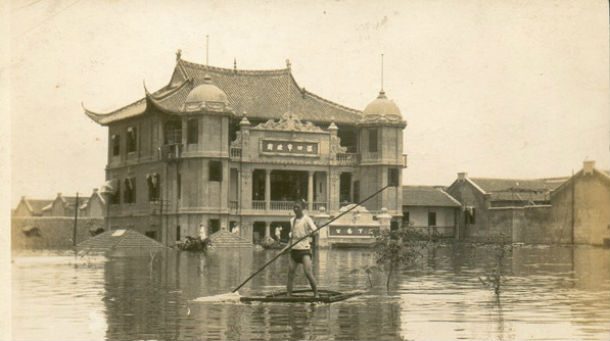
When torrential rains hit southern China in August 1931, it caused the Yangtze River to flood, killing nearly 3.7 million people. This was considered the worst natural disaster of the 20th century.
Hurricane Irma (2017)
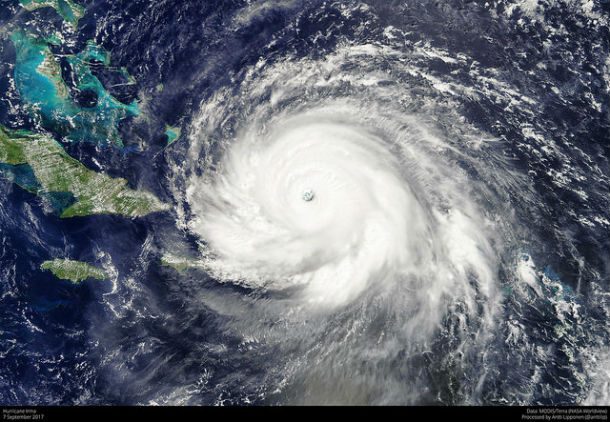 Source: vox.com
Source: vox.com Hurricane Irma is the latest natural disaster to reach the North American shores. Rampaging through the Caribbean and finally arriving off Florida’s west coast at category 5, Irma left behind a trail of destruction unlike any other. Estimates are still coming in, but some believe the overall costs could range up to $100 billion.
North American Smallpox Epidemic (1775)

While the Revolutionary War was reshaping society and politics along the eastern seaboard, the Great Smallpox Epidemic was ravaging the entire North American continent from 1775 to 1782. Caused by a contagious virus known as “Variola major,” the initial signs of smallpox came 12 days after exposure. Early symptoms included backache, fever, headache, vomiting, and general malaise. While there have been devastating outbreaks of smallpox from the time of early Spanish exploration, none were as fully documented as the early conflicts of the American Revolution from 1775 to 1776.
Hurricane Harvey (2017)
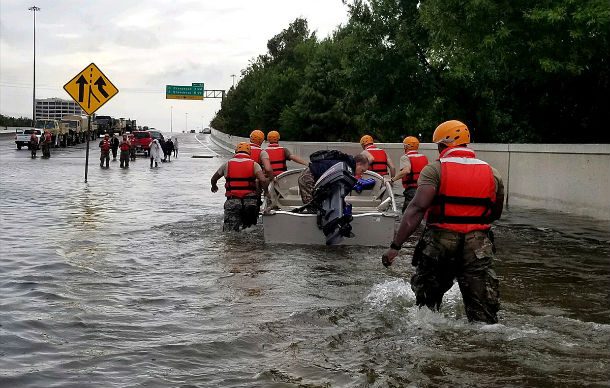
On August 25, 2017, Category 4 hurricane Harvey hit Texas causing around $180 billion in damage. That’s more than any other natural disaster in U.S. history for the exception of the largest estimates of Hurricane Katrina. Hurricane Harvey flooded one-third of Houston, forcing 39,000 people into shelters and damaging 203,000 homes.
Gujarat Earthquake (2001)
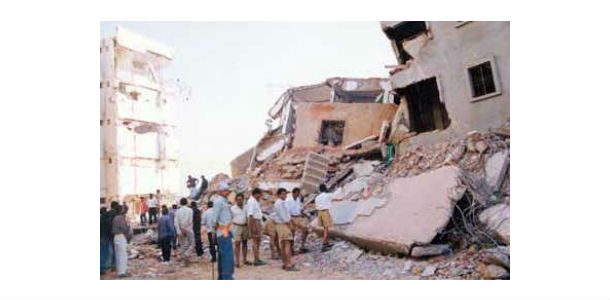
This earthquake happened on India’s 51st Republic Day celebration on January 26, 2001. The quake, which had a magnitude between 7.6 and 7.7, lasted for over 2 minutes. The epicenter was about 9 km south-southwest of the Chobari village. It resulted in a death toll of 20,000 people, injured 167,000, and destroyed 400,000 homes. It also caused major shock waves that spread 700 km where 21 districts were affected and left 600,000 people homeless.
The Black Death (1348)

This natural disaster was an epidemic that swept through Europe from 1348 to 1351 and killed an estimated 25 to 60% of Europe’s population. Some estimates were higher which would mean somewhere between 75 million to 200 million people. Also known as “the Great Mortality” or “the Pestilence,” it was the second plague pandemic of the Middle Ages, next only to the Justinian plague in the 6th century.
Spanish Influenza (1918)
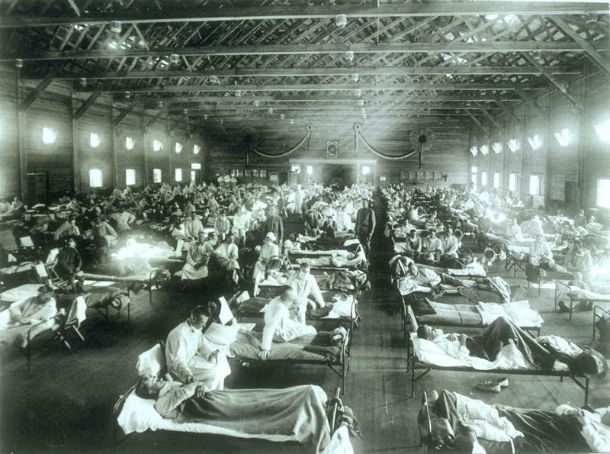
The first wave of the Spanish flu, which is one of the several types of influenza viruses, began around March 1918 and spread throughout Asia, Europe, and North America. A contagious illness, it was responsible for the death of between 20 million to 40 million people, though other estimates range from 40 million to 100 million people.
Lists Going Viral Right Now
25. Colin Crowley, Haiti Post Earthquake January 2010, CC BY 2.0, 24. Neryl Lewis, RRT, Cyclone Nargis (10690741785), CC BY 2.0, 23-18. Wikimedia Commons.com (Public Domain), 17. ChiefHira, Damage of Tsunami at Sendai port 01, CC BY-SA 3.0, 16. Alper Çuğun from Berlin, Germany, Aleppo. Excavations (1265995294), CC BY 2.0, 15-11. Wikimedia Commons.com (Public Domain), 10. Oxfam East Africa, 2011 Horn of Africa famine Oxfam 01, CC BY 2.0, 9. Justin Kilcullen/Trócaire via flickr, CC BY 2.0, 8. Giorgiogp2, 2003 europe summer temperature anomaly, CC BY-SA 3.0, 7. wikimedia commons (public domain), 6. Antti Lipponen via flickr, CC BY 2.0, 5-4. wikimedia commons (public domain), 3. Gabriel N, Gujarat Earthquake Relief by RSS Volunteers, CC BY-SA 3.0, 2-1. Wikimedia Commons.com (Public Domain)



























